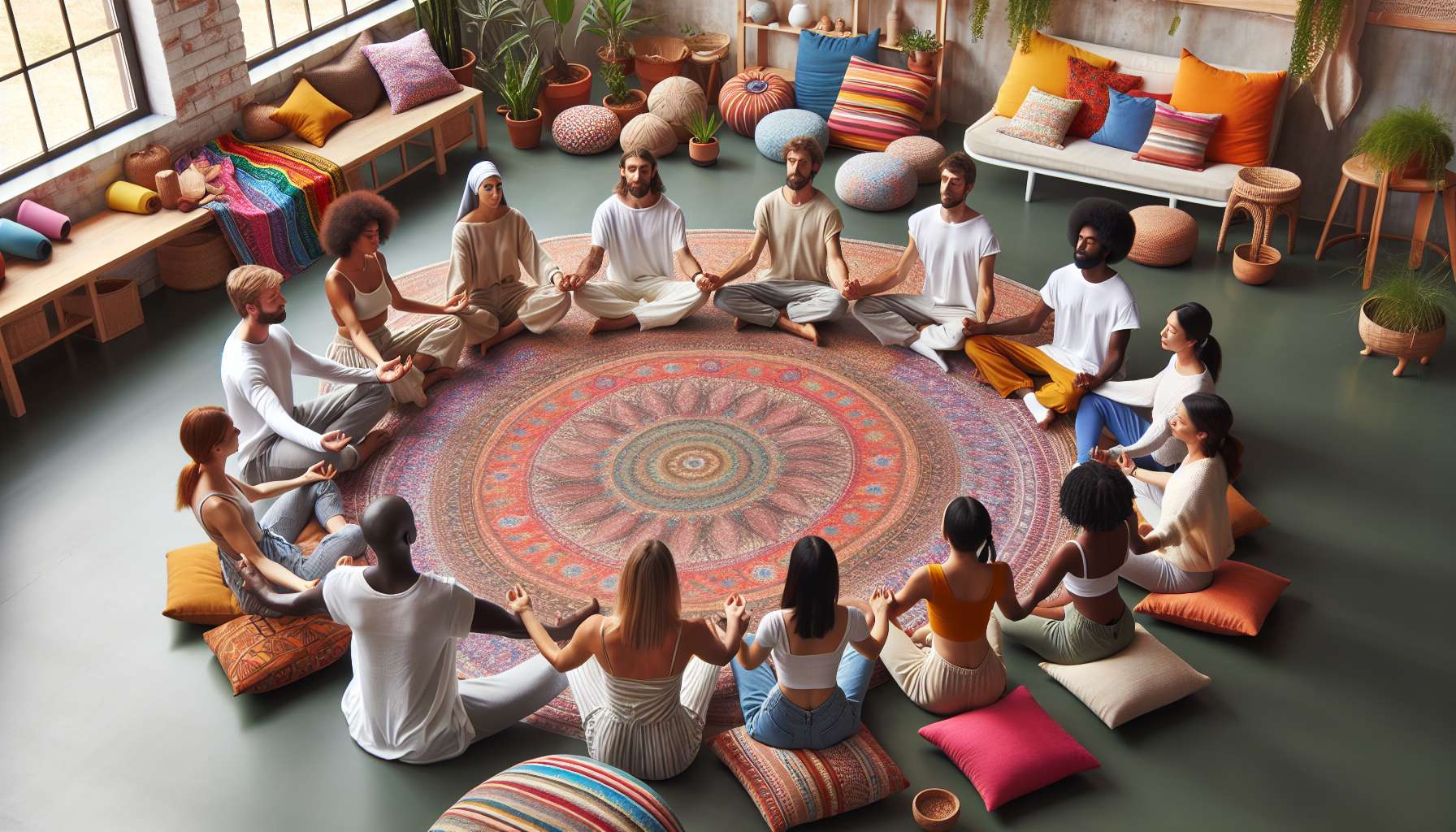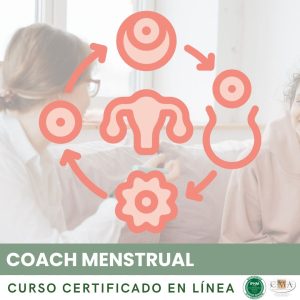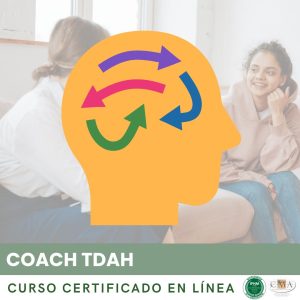
Warm-up techniques and conditioning of the participants are a key element in preparing the body and mind for laughing practice. The goal is to create a smooth transition between the initial state of the participants, often marked by stress, tension, or fatigue, and a state of relaxation, receptivity, and readiness to laugh. The facilitator offers a series of progressive and adapted exercises, allowing everyone to connect to themselves, others, and the present moment.
Breathing exercises are often used at the beginning of the session. The facilitator guides a deep and conscious abdominal breathing, where attention is focused on the sensations of air entering and leaving the lungs. This slows the heart rate, oxygenates the body, and calms the flow of thoughts. Variations such as alternate breathing (inhaling through one nostril, exhaling through the other) or laughter breathing (exhaling in jerks while emitting a laughing sound) can be suggested. These exercises prepare the diaphragm and vocal cords for breathing conducive to laughter.
Relaxation exercises help release muscular and mental tension. The facilitator may guide a body scan, inviting attention to each part of the body to relax it. Gentle stretches allow for loosening joints and releasing blockages. Facial, scalp, and hand self-massages promote deep relaxation. The facilitator may use metaphors such as “imagine that you are a tree firmly rooted in the ground, with a sap of laughter circulating within you” to induce letting go. This relaxation phase is crucial to disconnect from “automatic pilot” mode and open up to new experiences.
Physical awakening activities aim to energize the body and get it moving. The facilitator suggests fun and energizing exercises such as jumping in place, shaking arms and legs, making faces, and dancing freely to upbeat music… The goal is to wake up the body and senses, to stimulate blood circulation, and to release inhibitions. Coordination, speed, or balance games can also be used to promote concentration and responsiveness. The key is creating a joyous and relaxed atmosphere, where laughter begins to emerge naturally.
Vocal preparation is another essential component. To facilitate laughter, it is important to free the voice and dare to make sounds. The facilitator suggests exercises such as vocalizations, amusing noises, animal or famous laughter imitations. This allows overcoming shyness and familiarity with one’s own laughter voice. Rhythm, volume, or pitch games help explore different ways to laugh. The facilitator makes sure to create a trustworthy and kind environment where everyone feels free to experiment without judgment.
Throughout this warm-up phase, the facilitator observes the reactions of participants and adapts accordingly. They can suggest variants for those with physical difficulties or those uncomfortable with certain exercises. They encourage everyone to respect their limitations while allowing themselves to gradually step out of their comfort zone. The facilitator sets an example by personally engaging in activities with enthusiasm and authenticity.
This warm-up and conditioning phase is crucial for the remainder of the session. It allows creating group cohesion, a climate of trust, and positive communal energy. Participants are then more open, relaxed, and receptive to the forthcoming laughter exercises. They may have had a chance to reconnect with their body and feelings, setting aside daily worries. This is a decompression chamber preparing them to fully experience shared laughter.
In summary, warm-up techniques and the conditioning of participants are a must in laughter therapy sessions. Thanks to breathing, relaxation, body awakening, and vocal preparation exercises, the facilitator creates optimal conditions to free up laughter and feel its benefits. This phase requires a high quality of presence and adaptation on the part of the facilitator, to meet the specific needs of each group. A successful warm-up is the key to a smooth, joyful, and effective session, where laughter can flow spontaneously and sincerely.
Key Takeaways:
– Warm-up techniques and conditioning are essential to prepare participants physically and mentally for laughter practice. They allow for a smooth transition towards a relaxed and receptive state.
– Breathing exercises, like abdominal or alternate breathing, help to focus on the present moment, slow the heart rate, and oxygenate the body. They also prepare the diaphragm and vocal cords for laughter.
– Relaxation, conveyed through the body scan, gentle stretches, and self-massages, helps to release muscle and mental tensions. It promotes letting go and opening up to new experiences.
– Body awakening activities, playful and energetic, wake up the body and senses, stimulate blood circulation, and help overcome inhibitions. They generate a joyful atmosphere conducive to laughter.
– Vocal preparation, with vocalization exercises, noises, and imitation, frees the voice and encourages trying out laughter sounds. It takes place in a trusting and kind atmosphere.
– The facilitator adapts the exercises to the group’s needs, encourages everyone to respect their limits while stepping out of their comfort zone. They engage with enthusiasm and authenticity.
– This phase creates group cohesiveness, a climate of trust, and positive energy. Participants are then more receptive to fully experience laughter.
– A successful warm-up, thanks to the facilitator’s quality of presence, is key to a smooth and effective session where laughter naturally emerges.
👉 To download docx (Editable) file click here : Click here
👉 To download PDF file click here : Click here
👉 To download MP3 file click here : Click here





